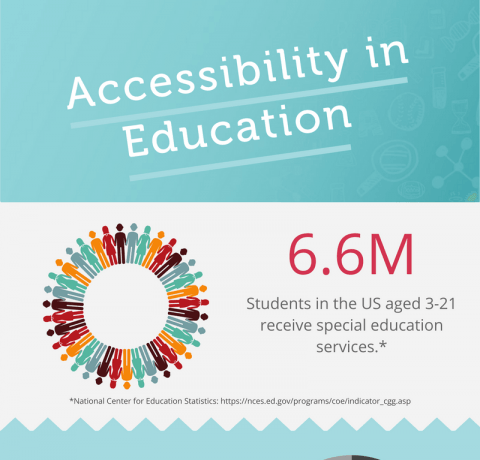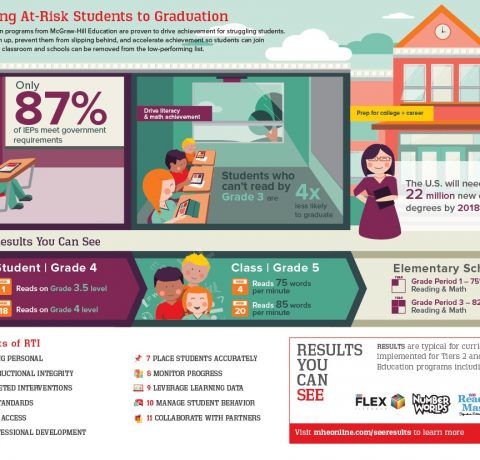The strong right brain of dyslexic students offers them many unique strengths, however, tasks that require a set process to be accomplished (and hence, a dominant left brain) are much more difficult for dyslexic students – including language tasks. Despite the obstacle that this presents, it provides valuable insights into how to improve the process that information is taught. Dyslexic students require a clear process in order to understand many concepts (especially how to read) – but, clear instruction is beneficial for every student.
The How to Make Your Classroom Dyslexia Friendly Infographic presents 8 tips that teachers can implement in their classroom to better accommodate the learning needs of the dyslexic students (while benefitting all students):
- Provide one step directions at a time.
- Provide visual representation of all oral instruction whenever possible.
- Preview & Review
- Pre-warn students when activities are about to change.
- Avoid habituation by keeping instruction between 10-15 minutes and provide a variety of activities for practice.
- Never expect dyslexic students to take notes without a visual outline or a friend to be a note-taker.
- Slow down instruction.
- Assume nothing…connect everything.







You can adjust your cookie preferences here.